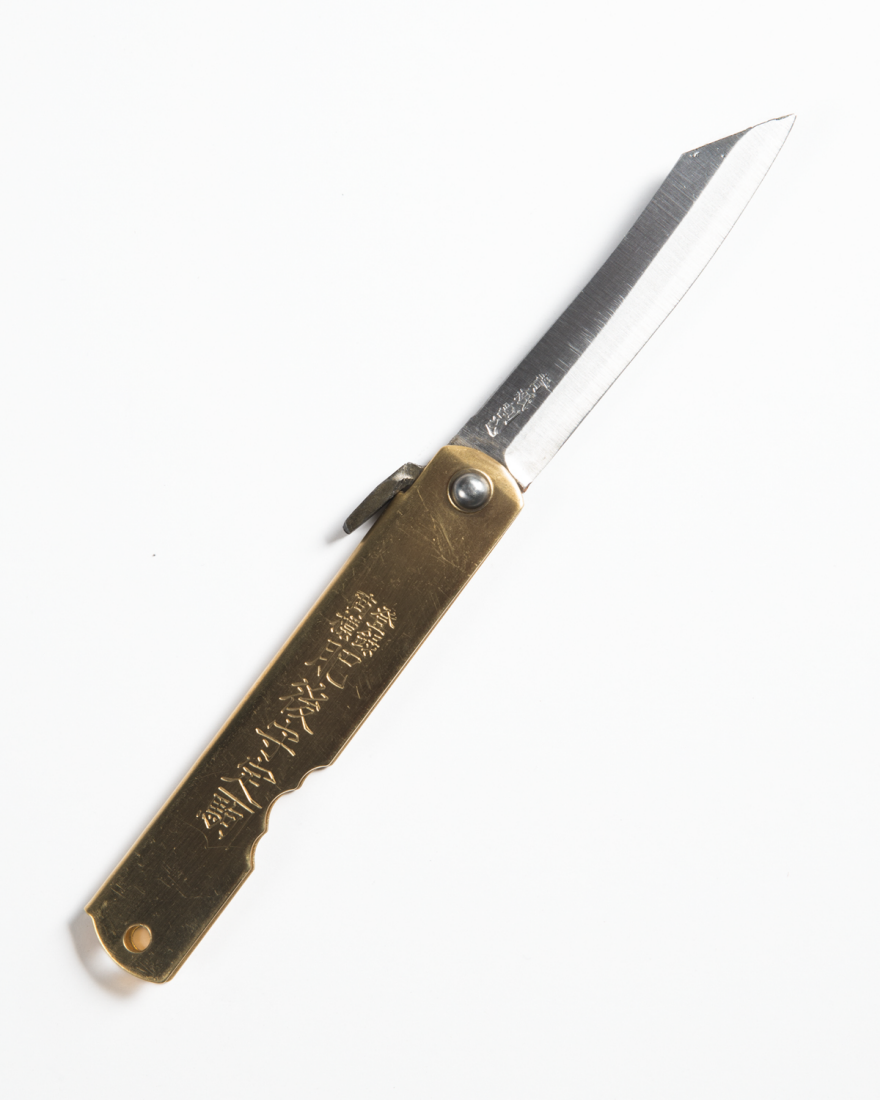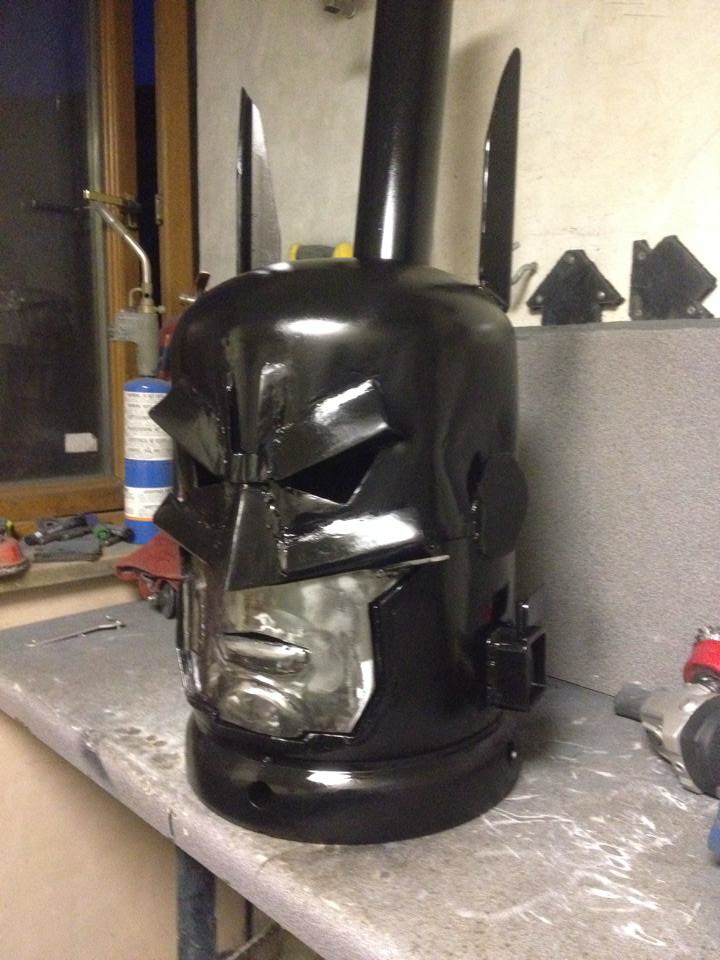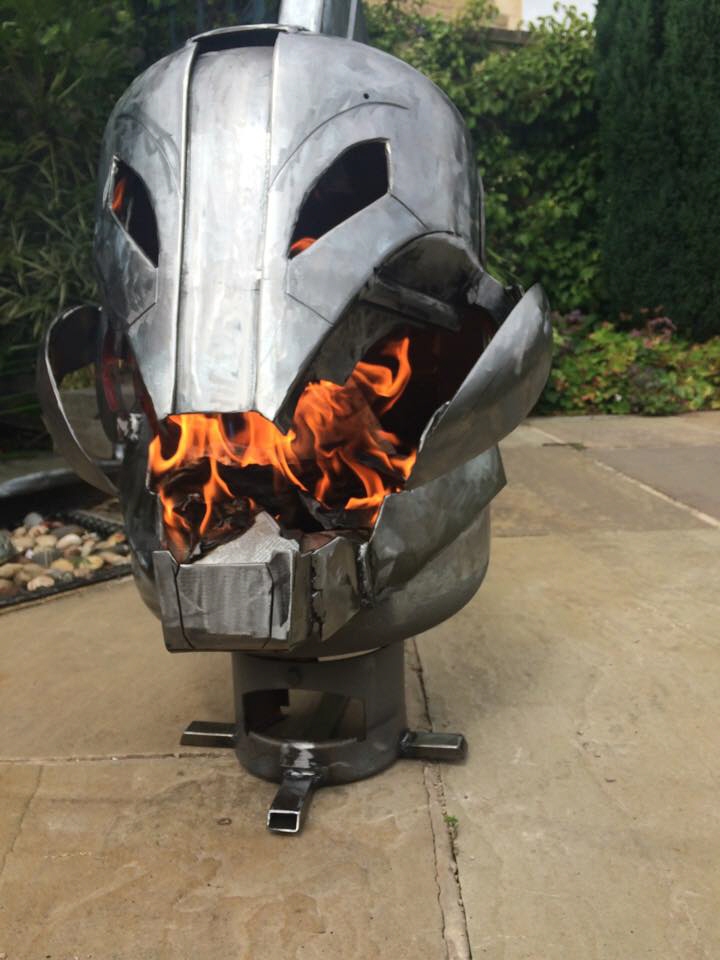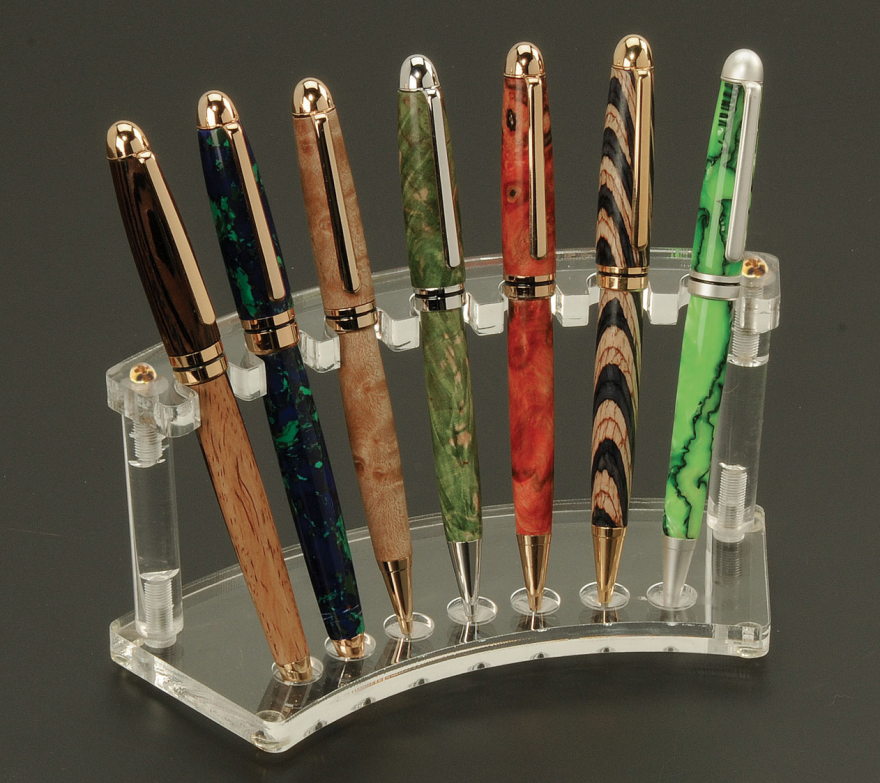If you're anything like me, you're already on your second French press of coffee, fully caffeinated and shaking to the point of full-body convulsions as you dive head-first into another spectacular Monday. As you run your tongue along the back of your molars, however, you are horrified by the gritty sensation of leftover coffee grounds that have made their way into the crevices of your teeth, a sensation that is only made worse as you wince through those bitter last sips caused by over-extraction. Luckily for you, there's a new coffee steeper on the market.
The Duo Coffee Steeper, by fledgling product company Fellow, aims to keep the best parts of French press coffee while eliminating its downsides. "Like the French press, with Duo you control water temp and grind size," says Hanna McPhee, brand manager at Fellow. "Unlike the press, you have complete control over your brew time. The upper brewing chamber houses the grinds and hot water, extracting rich coffee. Then, when you're done brewing, you twist Duo's top to release only the coffee into a bottom glass carafe." The steeper helps keep your final cup ground-free thanks to two stainless steel filters. The first, a basket, holds a majority of the grounds, while the second, a small disc filter twice as fine as a French press filter, catches nearly all remaining coffee grounds and extra sludge. And as a bonus, all pieces are dishwasher safe and can be easily disassembled and tossed in with your other dishes.
![]()
The initial spark for Duo came about in Fall 2013, when founder and inventor Jake Miller, then a student at the Stanford Graduate School of Business, enrolled in a class in Stanford's d.school called Launchpad. Previously, Miller had worked as a product manager for Caribou Coffee, and the program offered him a chance to combine his love of coffee and product design.
Led by Michael Dearing and Perry Klebahn, Launchpad pushed students to bring an idea from concept to company over the course of 12 weeks. It was there that Miller met his early team and was able to bring the idea for Duo to life. "Our goal was the big bold taste of a French press without the grit—plus the smooth clarity you typically find in a pour-over," Miller says.
![]()
The team brought on Oakland-based Enlisted Design to help with the industrial design of the product—working primarily with Julian Bagirov, "who had his hands all over the final design," Miller says. Starting with scrappy, duct-taped models, the team made over 40 prototypes that they forced onto family and friends to try—"each one exploding coffee grinds everywhere, but also incrementally sharpening our focus towards Duo's final design," McPhee says. "The shape organically came about through a series of prototypes. The weight distribution was tricky because we had to think about what Duo feels like in the user's hand when it's empty and when it's full of coffee. The pour mattered most, as that's when the balance of weight matters the most to a user. We therefore made Duo slightly top-heavy, to counterbalance four cups of coffee sitting in the glass carafe."
While Miller and his team were proud of the product, they wasn't sure if there was a market for it, so in December 2013 they put it up on Kickstarter to test the concept. "To our surprise, in just over one month we raised $193,000," Miller says. That's when the team got serious, changing their name from the playful Enormous Industries to the more mature Fellow.
Fellow quickly scrambled to secure a manufacturing partner in Taiwan and got to work. "Our biggest challenge was that we didn't do a good enough job thinking through manufacturability during the design process," Miller says. "After [the] Kickstarter, we had to completely rethink the brew mechanism—same outcome, different means. The original design just couldn't be produced at scale." In total, Miller and his team made five trips to Asia over roughly two months to troubleshoot problems and get the beta Duo produced. "Going into the project, we thought we would only need one trip," Miller says.
“Our biggest challenge was that we didn't do a good enough job thinking through manufacturability during the design process. After Kickstarter, we had to completely rethink the brew mechanism.”
Choosing manufacturing partners posed another challenge for the small team, as they looked to bring various materials together for the final product. With different materials—stainless steel, glass, plastic and silicone—came varying tolerances as each part had to be carefully considered to ensure everything fit together. To achieve this, the Fellow team needed to set-up a supply chain and assembly facility that worked in unison.
![]() Early sketches
Early sketches![]() Duo prototypes
Duo prototypesManufacturing for the Duo begins with its stainless steel brewing chambers. An 18-8 sheet is deep drawn and run through various tooling steps to create the inner and outer brew chamber housings. Additional stainless steel parts are formed, then stamped and welded to the housings. These pieces are then polished to the final finish. The team chose to not incorporate plastic wherever there was coffee, to avoid any alteration in taste. "This choice added significant delays to the manufacturing process," McPhee says. Duo's lid is nylon injection-molded plastic, along with a silicon sleeve that wraps around the exterior. These parts are assembled onto the housings to finish the part assembly.
The glass carafe proved to be one of the more challenging parts to get made, with Miller rejecting four glass manufacturers before finding Fellow's current partner. Miller cites inability to consistently deliver a quality product as the main shortcoming with these manufacturers. Each carafe starts as a tube of borosilicate glass that is hand-blown and formed into shape before the threads are added. During final assembly, each part is tested and checked to meet both functional requirements and quality control standards.
After several months, Fellow's supply chain had produced the 2,200 Duos needed to fulfill its Kickstarter orders. Those Duos were then packed into boxes, loaded into a 20-foot container and shipped via ocean freight to the Port of Oakland. "When the container arrived, the entire Fellow team—all three of us—and every friend we could find on short notice unloaded the container and shipped out the units in mid-2015," Miller says.
With one product under their belt, the Fellow team is already thinking of their next one, dropping hints via Instagram that something is already in the works. Meanwhile, the Duo Coffee Steeper is available for order online through Fellow for $85, and the team has plans to expand their offering to small coffee shops and select retail stores in the future.
![]()









































































